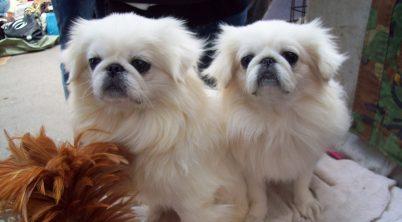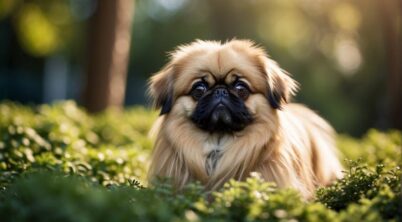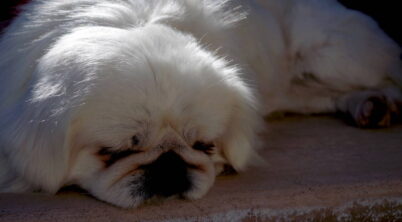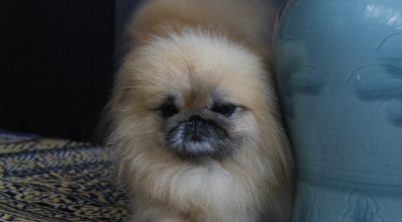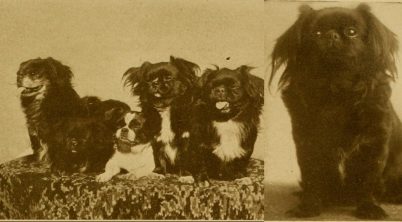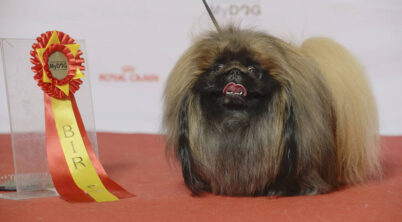Table of Contents
Understanding Their Playfulness and Rest Patterns
The Pekingese, a toy dog breed with a distinctive lion-like mane and confident demeanor, originated from China and has a rich history as a favored companion of royalty. Known for their independent nature, these dogs bear a calm and regal attitude that often reflects in their approach to exercise and play. While they are not the most energetic breed, they possess a moderate energy level that is well-suited for their small stature.
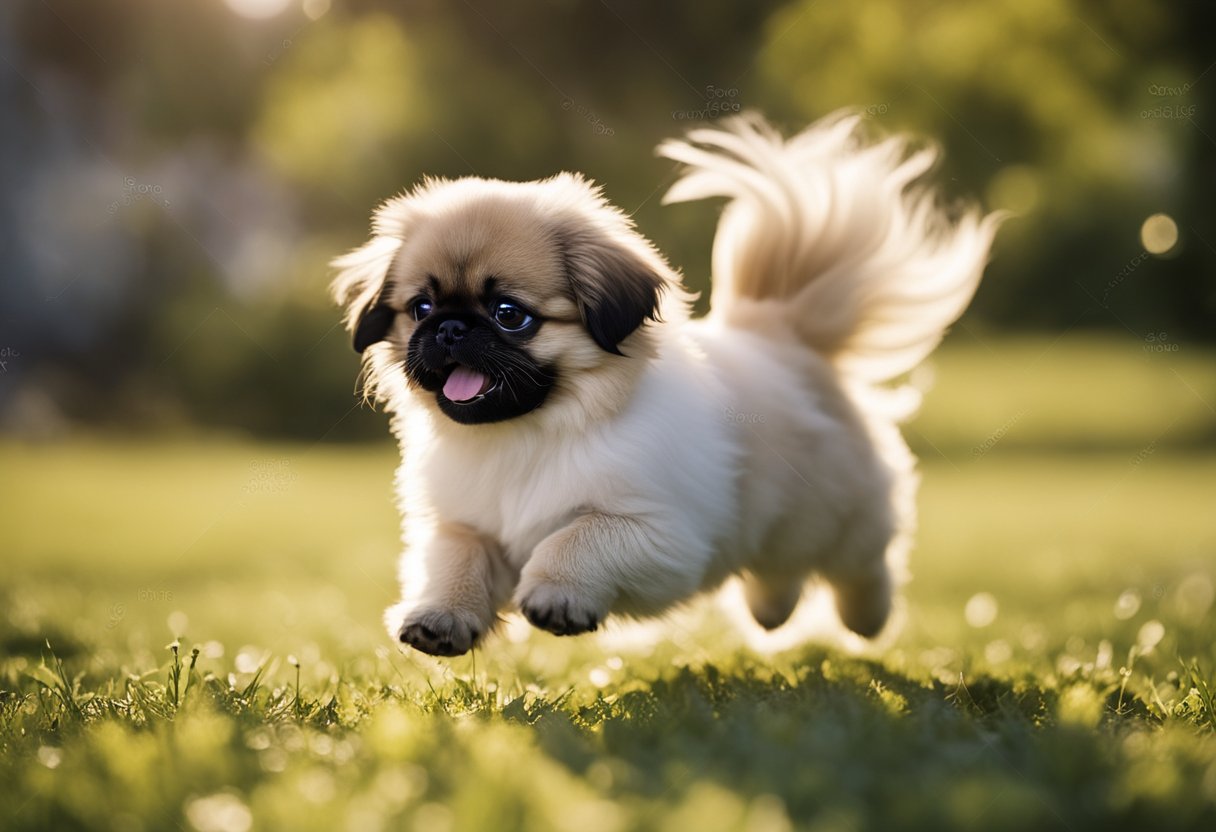
Training a Pekingese puppy requires patience due to their independent streak. Despite their occasional stubbornness, with gentle and consistent guidance, they can learn basic commands and integrate well into family life. It’s important to engage them with interactive play sessions along with short daily walks to satisfy their exercise needs. They thrive in an environment where they can balance relaxation with mild activity.
Owners of Pekingese puppies will note that their energy levels are befitting of a lapdog yet maintain the stamina of a more robust breed. Their exercise requirements are not demanding, making them an excellent choice for individuals or families seeking a less vigorous canine companion. However, it’s crucial to provide them with mental stimulation to keep these intelligent dogs content and prevent the development of undesirable behaviors.
Temperament and Behavior
The Pekingese breed exhibits a unique combination of personality traits and behaviors, complementing their stature as compact and regal companions. They are known for their independent nature and the affection they show towards their families.
Personality Traits
Pekingese dogs are often seen as affectionate and loyal companions, forming strong bonds with their owners. They can be stubborn at times, which may reflect a certain intelligence and self-assuredness in their temperament. These dogs typically display a watchdog instinct, with a propensity to bark to alert their families of anything unusual.
Activity and Energy Level
They exhibit a low energy level, enjoying a more relaxed lifestyle that suits their calm demeanor. Their activity requirements are modest, and they are well-suited for living in apartments or homes with limited space.
Interaction with Families and Kids
While Pekingese can be friendly, they tend to bond more closely with adults or older children who can handle them gently. They can be good family pets, but caution should be taken with young children, as the Pekingese may not tolerate rough play. Their independent streak means they are content to have time alone but also relish affection from their human companions.
Pekingese Puppy Energy Level
Pekingese puppies exhibit moderate energy levels. Despite their small size, they require regular exercise to maintain their health and prevent obesity. Daily short walks or play sessions help to keep them physically fit and mentally stimulated. It is important to monitor their activity to avoid over-exertion due to their susceptibility to intervertebral disc disease and patellar luxation, common health issues in this breed.
When it comes to grooming, the Pekingese has a double coat that tends to shed. Regular brushing is essential to manage the shedding and maintain the coat’s condition. Puppies should be introduced to grooming early to ensure they become comfortable with the process. This includes nail trimming and attention to potential issues such as dry eye and distichiasis, which can affect their comfort and energy level.
It is also crucial for Pekingese puppies to have a well-balanced dog food diet, as proper nutrition plays a role in their energy levels and overall health. Regular check-ups with a veterinarian can help monitor their development and address any concerns early on.
In summary, maintaining a Pekingese puppy’s energy level involves a combination of controlled exercise, diligent grooming practices, and a nutritious diet. Careful attention to their unique health needs ensures these lively pups can enjoy a happy and active lifestyle.

